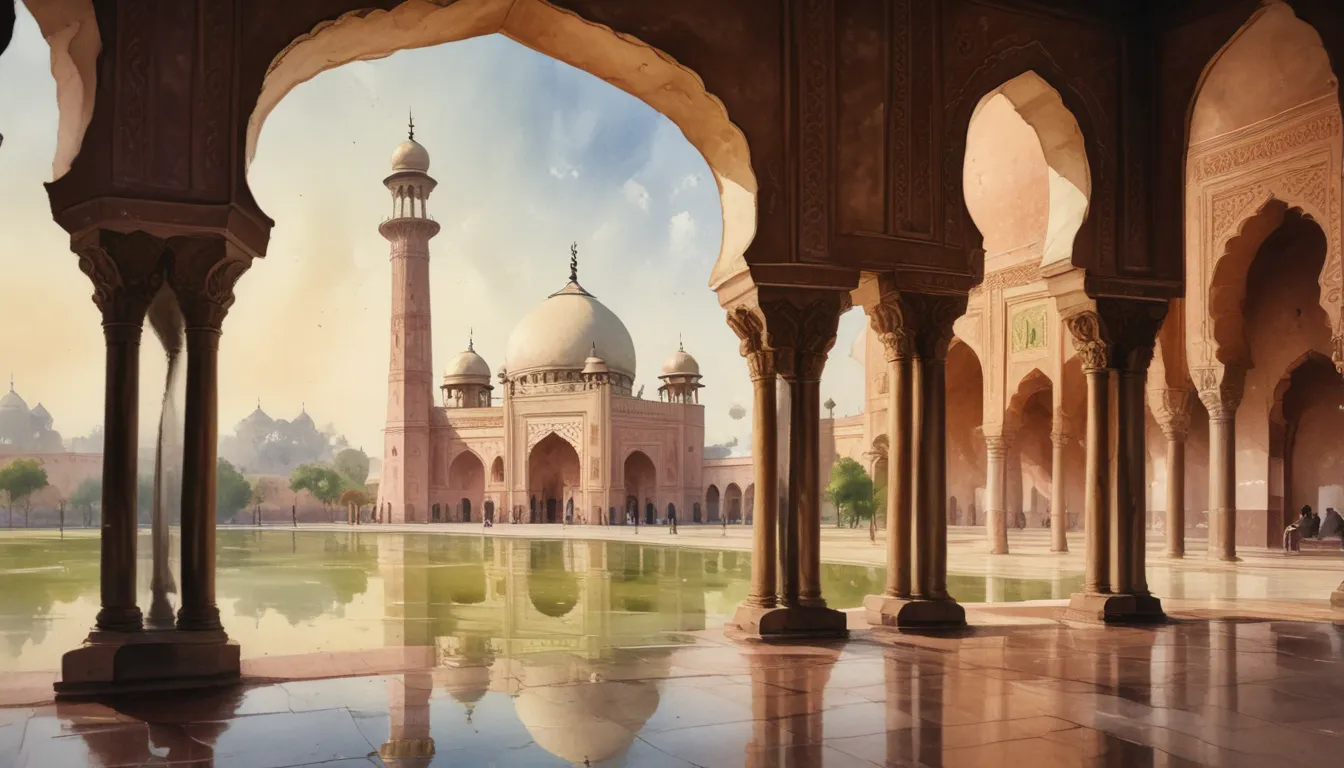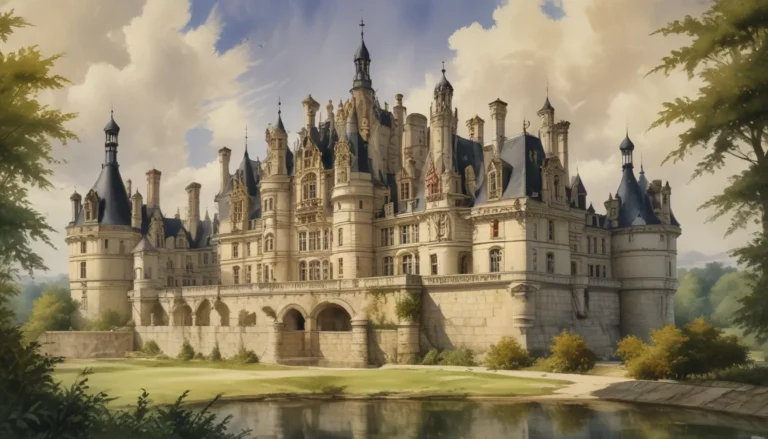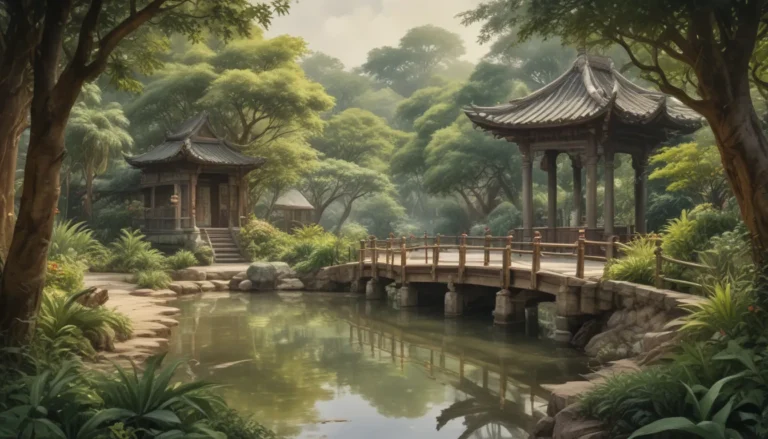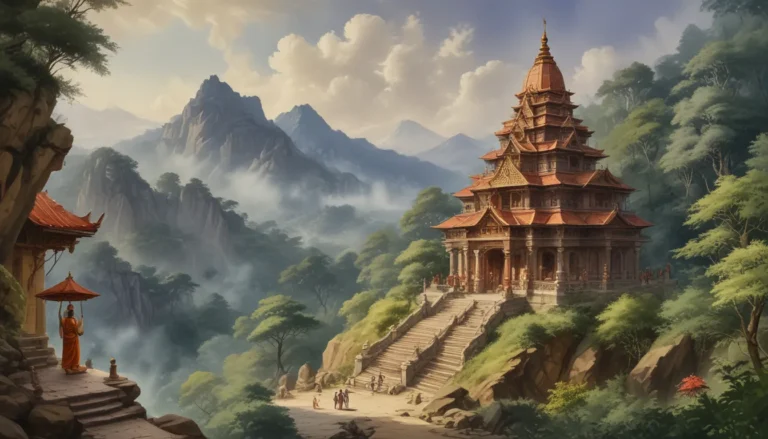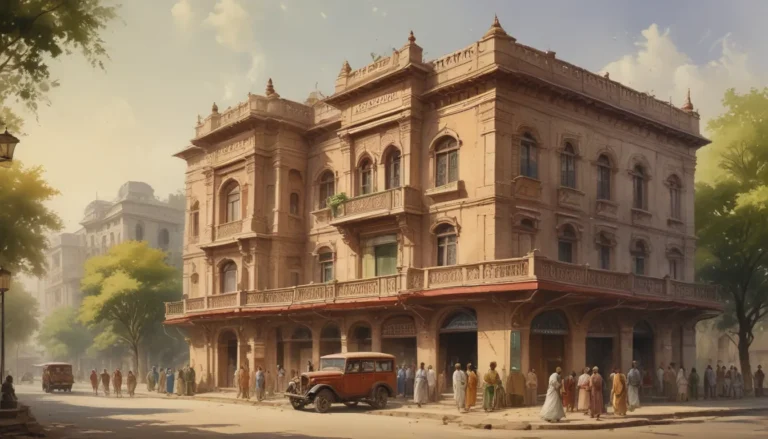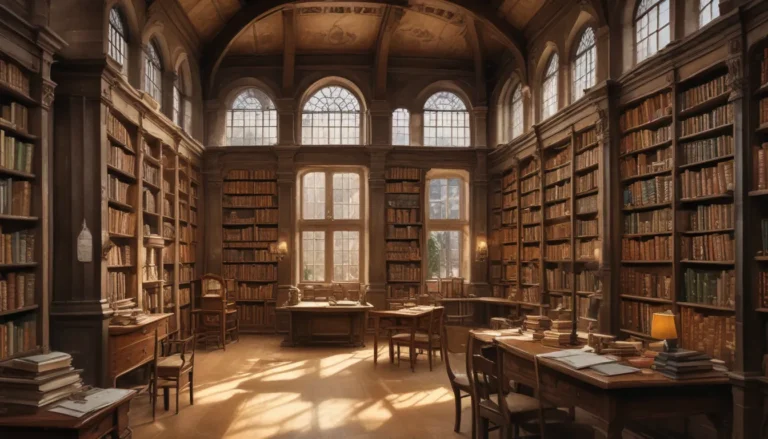The images in our articles are for illustrative purposes only and may not exactly match the content. They are intended to capture your interest and complement the text, not to replace it.
Welcome to the world of the Badshahi Mosque, a symbol of grandeur and magnificence nestled in the heart of Lahore, Pakistan. Built in the 17th century by the esteemed Mughal Emperor Aurangzeb, this architectural wonder continues to captivate the hearts of tourists and worshippers alike with its stunning domes, intricate tile work, and imposing minarets. But beyond its breathtaking facade lies a treasure trove of intriguing facts and secrets that make the Badshahi Mosque even more fascinating. Let’s delve into the 20 most captivating facts about this iconic landmark that will surely leave you in awe.
Unveiling the Splendor of Badshahi Mosque
The Badshahi Mosque, with its rich history and breathtaking Mughal design, stands as one of the largest mosques in the world. Accommodating up to 100,000 worshippers, this architectural marvel is adorned with stunning features and relics of great religious significance. Its resilience, cultural impact, and promotion of religious tolerance make it a must-visit destination, attracting tourists from across the globe and enhancing Pakistan’s rich heritage.
A Glimpse into History
Emperor Aurangzeb, the sixth Mughal Emperor, commissioned the construction of the Badshahi Mosque in the 17th century. Completed in 1673, this masterpiece symbolizes imperial power and unwavering devotion to religious beliefs.
Magnitude and Majesty
With a prayer hall that can accommodate up to 100,000 worshippers, the Badshahi Mosque stands as one of the largest capacity mosques in the world. During special occasions like Eid, the mosque bustles with worshippers from far and wide, creating a vibrant atmosphere of faith and unity.
Architectural Opulence
Experience the exquisite Mughal architecture of the Badshahi Mosque, featuring a blend of red sandstone and marble, intricate frescoes, and delicate marble inlays. A testament to the artistic and engineering prowess of the Mughal era, the mosque’s design continues to mesmerize visitors with its timeless beauty.
Towering Elegance
Adorned with four towering minarets, each standing at a height of 176 feet, the Badshahi Mosque exudes a sense of grandeur and elegance. These minarets not only serve a functional purpose but also enhance the visual appeal of the mosque, becoming a defining landmark in the city of Lahore.
Relics of Reverence
Step into a world of holiness as the Badshahi Mosque houses a significant collection of relics, including the footprint of Prophet Muhammad (PBUH) and a hair from his beard. These relics, cherished by Muslims worldwide, hold immense religious and historical importance.
Endurance through Time
Despite witnessing numerous wars and invasions over the centuries, the Badshahi Mosque has stood strong, a testament to the enduring craftsmanship and ingenuity invested in its construction. Its resilience echoes the spirit of the Mughal era, characterized by strength and sophistication.
Preservation and Restoration
Throughout its rich history, the Badshahi Mosque has undergone several restoration projects to safeguard its beauty and structural integrity. The most notable restoration efforts took place in the 1960s under the careful supervision of the Pakistani government, ensuring the preservation of this architectural gem for future generations.
The Majestic Lahore Fort
Adjacent to the Lahore Fort, the Badshahi Mosque offers breathtaking views of this majestic fortress, creating a harmonious blend of architectural wonders. Together, these landmarks stand as a testament to the opulence and grandeur of the Mughal era, inviting visitors to immerse themselves in a journey through history.
Cultural Influence and Inspiration
The magnificent architecture of the Badshahi Mosque has inspired similar designs in mosques around the world, shaping various Islamic architectural styles and motifs. Its influence transcends borders, leaving a lasting legacy of beauty and admiration.
A Magnet for Tourists
Attracting thousands of tourists from diverse backgrounds, the Badshahi Mosque is a popular destination for those seeking to witness its beauty, delve into its history, and experience its spiritual significance. A cultural gem of Pakistan, this iconic landmark promises an enriching and enlightening visit for all.
Cultural Significance in Media
The grandeur and historical significance of the Badshahi Mosque have made it a favored location for film and television productions. Iconic scenes captured within its premises add to its cultural impact, showcasing the timeless allure of this architectural masterpiece.
Venue for Prestigious Events
Hosting significant religious and political gatherings, the Badshahi Mosque has witnessed pivotal moments in Pakistan’s history. From prayer gatherings and sermons to political speeches, this sacred site continues to play a vital role in shaping the social and cultural landscape of the region.
Festive Transformation
During festivals and religious celebrations such as Eid-ul-Fitr and Eid-ul-Adha, the Badshahi Mosque undergoes a stunning transformation, adorned with decorative lights and vibrant colors. The festive ambiance creates a magical environment for worshippers and visitors alike, fostering a sense of joy and celebration.
Boosting Local Tourism
As a key landmark in Pakistan’s tourism industry, the Badshahi Mosque attracts a significant number of tourists, contributing to the country’s cultural heritage and economic growth. Its architectural magnificence and historical significance make it a beacon of tourism excellence, inviting travelers to explore the wonders of Lahore.
Serenity in the Courtyard
Step into the spacious and meticulously designed courtyard of the Badshahi Mosque, featuring marble flooring and beautifully arranged flower beds. A tranquil oasis amidst the bustling city, the courtyard offers visitors a serene retreat to relax and reflect in the shadow of this architectural masterpiece.
Cultural Symbolism
The Badshahi Mosque holds such cultural significance that it has been immortalized on Pakistani currency notes, symbolizing the country’s rich heritage and architectural wonders. Its iconic image serves as a reminder of the enduring legacy of Mughal artistry and craftsmanship.
Embracing Diversity and Unity
Standing as a beacon of religious tolerance and unity, the Badshahi Mosque welcomes individuals from all faiths and backgrounds, fostering harmony and understanding among diverse communities. Its open doors symbolize a shared commitment to peaceful coexistence and mutual respect.
Inspiration in Art and Literature
The awe-inspiring beauty and historical significance of the Badshahi Mosque have inspired poets and writers throughout history, becoming a muse for artistic expression. Celebrated in poetry, prose, and various forms of literature, this iconic landmark continues to captivate hearts and minds with its timeless allure.
Delving into History at the Museum
Explore the rich past of the Badshahi Mosque at its museum, showcasing artifacts and historical documents related to its construction and significance in the region’s history. Gain deeper insights into the architectural marvels and cultural heritage preserved within the walls of this iconic landmark.
Explore, Discover, and Be Amazed
Embark on a journey of discovery as you unravel the fascinating history and architectural marvels of the Badshahi Mosque. From its unparalleled size to the intricate details of its design, this iconic landmark stands as a testament to the grandeur and sophistication of the Mughal era in South Asia. Immerse yourself in a spiritual and cultural expedition as you witness the rich architectural heritage of Pakistan come to life within the sacred walls of the Badshahi Mosque.
Conclusion
In conclusion, the Badshahi Mosque remains a remarkable architectural gem that encapsulates significant historical and cultural importance. Its grandeur, exquisite craftsmanship, and intriguing facts make it an indispensable landmark for tourists and history enthusiasts alike. From its towering minarets to its breathtaking views, the Badshahi Mosque offers a journey through time and culture, inviting visitors to immerse themselves in the splendor of Mughal artistry. A visit to this iconic landmark is not just a pilgrimage of faith but an opportunity to witness the enduring legacy of Pakistan’s architectural heritage.
FAQs
Q: When was the Badshahi Mosque built?
A: The Badshahi Mosque was built in 1673 by Emperor Aurangzeb, the sixth Mughal emperor.
Q: How big is the Badshahi Mosque?
A: The Badshahi Mosque can accommodate up to 100,000 worshippers in its main prayer hall and courtyard.
Q: Is the Badshahi Mosque open to tourists?
A: Yes, the Badshahi Mosque is open to tourists and visitors of all religions. However, certain areas may be restricted during prayer times.
Q: What is the significance of the Badshahi Mosque?
A: The Badshahi Mosque is a symbol of Mughal architectural brilliance and cultural heritage. It holds historical and spiritual importance for Muslims in Pakistan.
Q: Can I climb to the top of the minarets?
A: Unfortunately, visitors are not allowed to climb to the top of the minarets for safety reasons. However, you can still enjoy a panoramic view of the mosque and Lahore from ground level.
Q: Are there any specific dress code requirements for visitors?
A: It is recommended to dress modestly when visiting the Badshahi Mosque, covering your shoulders and legs. Scarves are also provided at the entrance for female visitors.
As you continue your exploration of the rich cultural heritage of Lahore and beyond, let the enchanting tales of the Badshahi Mosque inspire you to discover more wonders and marvels around the world. From the architectural splendors of Fatehpur Sikri to the timeless beauty of Shah Jahan Mosque, there are endless treasures waiting to be uncovered. Embrace the spirit of discovery and embark on a journey filled with history, art, and cultural revelations.
